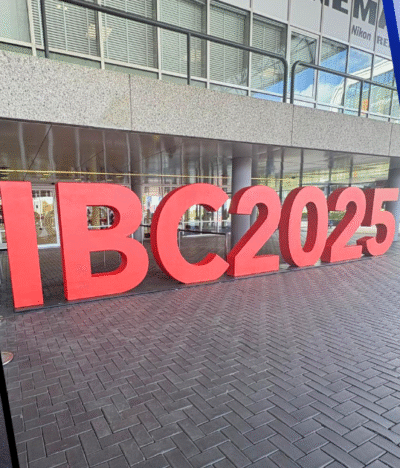Direct distribution has created new opportunities for TV channels seeking to leverage multiple platforms to find new revenue streams and audiences for their content. A number of major platforms are willing to pay channels a minimum guarantee and give a certain exclusive thematic push and as a result many TV Channels are now looking at entering into (and understanding) two or more concurrent TV distribution deals with different and hopefully complementary partners.
Large distributors still pay annual fees or minimum guarantees, although these have generally declined in size and major seven figure content acquisition deals with independent TV producers are not uncommon. These are typically for narrative driven content featuring recognizable actors. Smaller distributors and linear TV aggregators are typically not paying minimum guarantees although they may pay annual fees.
Generally speaking, distribution agreements with smaller distributors should include solely the rights to distribute and market a TV channel and its content on specifically delineated platforms on which the distributor has a proven record of success. All distribution rights on other platforms and other subsidiary and derivative rights (for instance, merchandising rights, and the rights to make remakes, prequels and sequels) should be reserved to the content owner.
For many years it has been usual to hold separate commercial and technical services agreements where it has been the responsibility of the channel or content owner to find the supplier to deliver the channel to the end platform operator in a secure and effective way.
Content distribution deals have always been handled separately, but often, this now goes hand in hand with reaching new end platform operators in new territories.
Some companies have started to realize that this is completely doable while using the existing infrastructure, such as M7 and Canal + group. In doing so they make the onboarding of a new TV channel much easier for the platform operator as they do not require a separate technical services supplier in addition to the commercial agreement.
And importantly, creating a one-stop-shop deal for TV channels under a single umbrella makes the P&L assessment a much clearer and easier decision.
Being the pioneer in the world of agility, technology and new financial models is becoming a must in the new world where companies expect to get flexible models in order to test new niche TV channels in new territories with new themes that will expand and enrich the market. This must be accompanied by technologically flexible solutions from the tech services company in the TV broadcast industry.
The broadcast media industry is changing at a rapid pace. With so much weather and news available to everyone at their fingertips, the focus will likely shift to the quality and timeliness of the information. The most successful media outlets will be those who have the ability to deliver accurate, local and up to the minute updates.
“Are you ready to challenge yourself to adapt to the new pace of the upcoming years in the broadcast industry?”






